What Length Lense To You Need For A 1:1 Macro On An Aps Camera

Written by digiDirect
Have y'all ever tried to capture a close-up image of a flower, toy, insect or other pocket-size object? Chances are y'all've admired macro images similar this in the past. But when you attempt to get your camera close to capture 1 yourself, often it simply tin't get as close equally you lot'd similar. In that location are several ways to have a high quality close-up image, and a macro lens is typically the easiest route. In this guide from digiDirect, nosotros'll provide in-depth details about this blazon of lens, and we'll as well requite you short reviews of ix different macro lenses to assistance yous decide which type is right for your photographic camera.
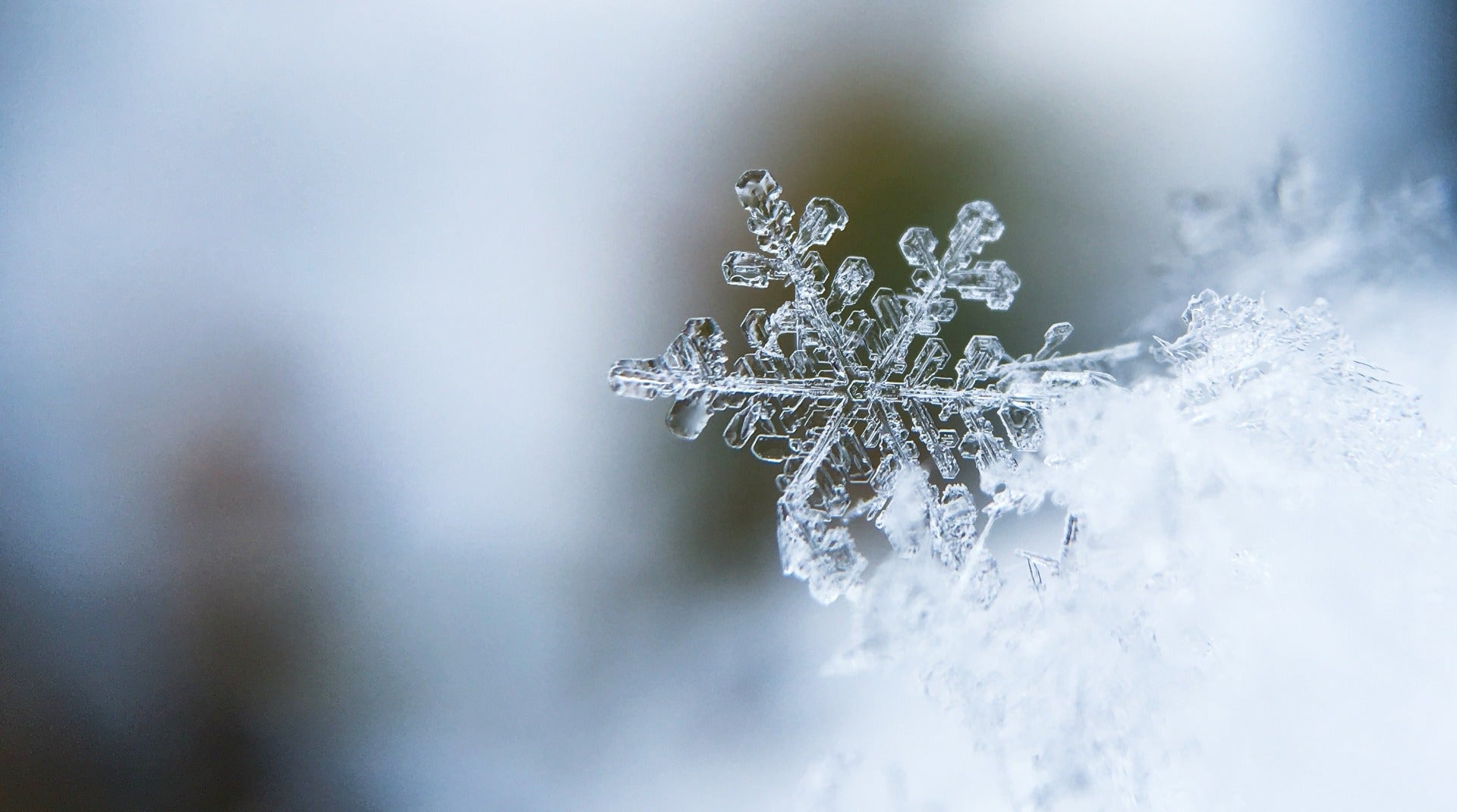
Farthermost shut-upwardly shots require a macro lens
Defining a Macro Lens
A macro lens is specifically designed to have a short minimum focus altitude. This means that it can focus on subjects that are very close to the front of the lens, which is the most important aspect in achieving close-up shots. The goal of this type of lens is to reproduce any object you lot shoot in either life-size or slightly smaller size. For example, if you were to take a shot of a pocket-sized coin using a macro lens that could reproduce life-size objects, the image that the camera frames on the digital sensor is exactly as large as the small money.
If you run into a ratio on the lens, this is referring to the reproduction dimensions that the lens tin reproduce in the shots. If your lens has a one:1 ratio, it'south capable of producing life-sized images. If the lens has a 1:ii ratio, it's capable of producing images at half of their original size. If y'all want to become the other direction, a macro lens with a 2:i ratio is capable of producing images double their life-size dimensions. Most quality macro lenses will sport a ane:1 ratio, or close to it.
Also, many macro lenses come with a apartment focus field that is very different than a traditional curved focus field that you get with other lenses. If you're used to using a traditional curved lens, it gives yous a sharper image in the center of the image than at the edges. A macro lens gives y'all the unique opportunity to focus from 1 side of the frame'due south edge to the other. This results in a clearer film overall.
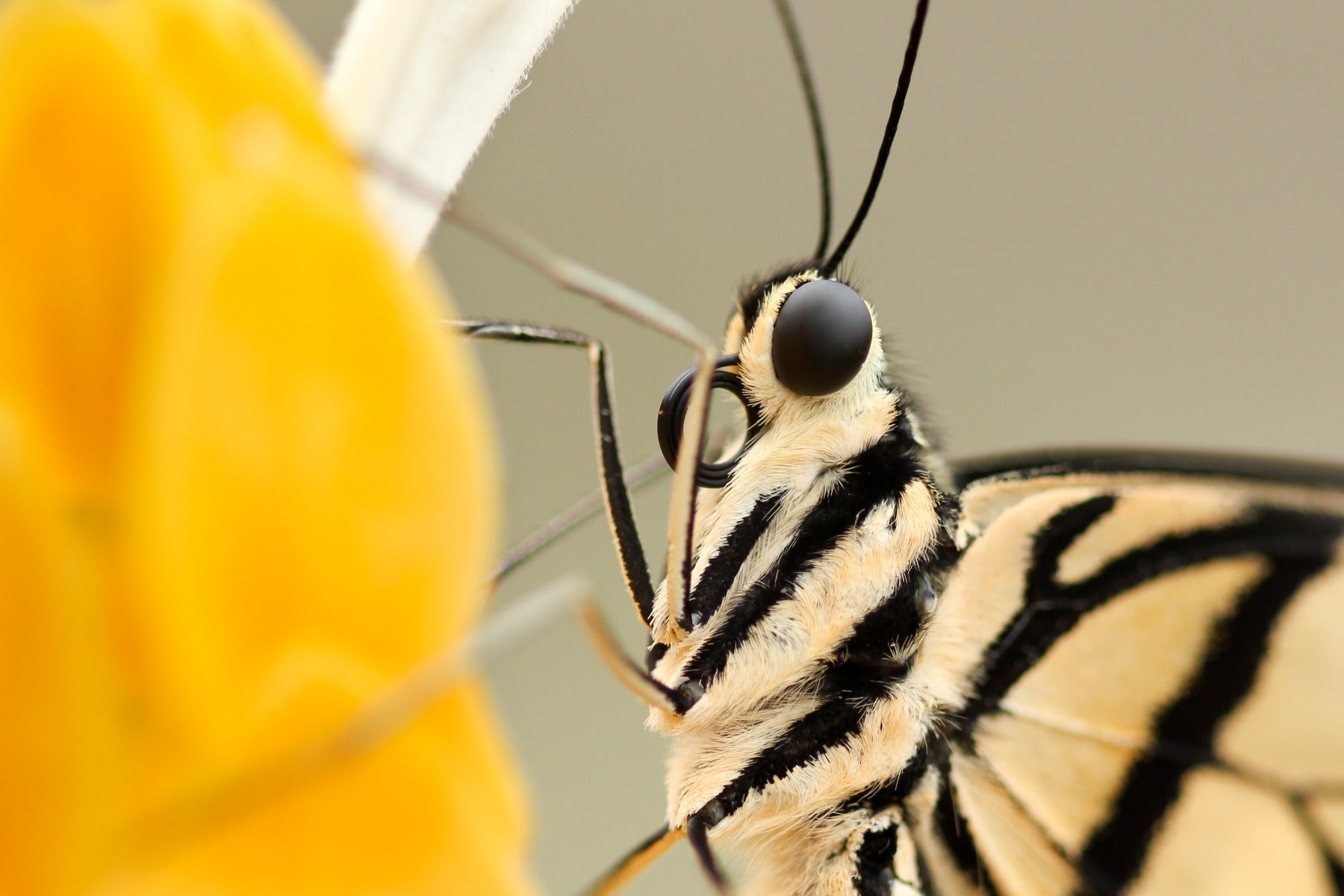
A one:1 ratio will allow yous to reproduce your subjects to life size
Dissimilar Types of Macro Lenses
But like any other lens, macro lenses come in dissimilar sizes and types. Many photographers merely choose to take one or two different types on manus earlier they're ready to go. These include:
- Brusque Macro Lens (thirty to 50mm): The 30 to 50mm macro lenses piece of work all-time with smaller sensor cameras. The shorter focal length gives you a greater depth of field to work with, which you lot tin can use to your advantage, as at such close distances a shallow depth of field can be very difficult to work with. These shorter lenses are very price-effective, compact and lightweight, which this makes them great for travelling photographers. However, these shorter lenses too mean that you have to become closer to your bailiwick, which isn't ever platonic if what you're shooting is skittish. You'll be working less than 15 cm abroad, so you likewise accept to be careful that your camera doesn't cake your light source to ensure you become clean and bright photographs.
- Standard Macro Lens (60 to 105mm): The most common focal length range of all macro lenses falls between 60 and 105mm. They're popular because they can also double for use in portraits (call back, you can apply a macro lens for non-macro applications!), and they sit in the center of the longest and shortest macro lens range available. You will typically accept between 23 to 30 cm of working space when y'all choose this standard lens. They also excel at portraiture considering the longer focal length flattens your facial features, which is flattering to the human face (larn more in our article comparing 24mm to 85mm for portraits). The cost spectrum also varies, but yous can generally become a higher-quality standard macro lens for around $450.
- Tele-Macro Lens (150 to 200mm): On the other cease of the spectrum nosotros have the tele-macro lens that gives you lot a working distance that ranges between 31 and 61 cm at i:i magnification. You'll exist able to use this lens to go upwardly close to all of those difficult or skittish subjects that require you to put a lilliputian more infinite between the front of the camera and the subject. However, y'all will have to make minor accommodations when you shoot with these types of macro lenses because they ordinarily require a larger filter, and they're larger and heavier than well-nigh macro lenses. Additionally, you'll pay more for this blazon of lens.
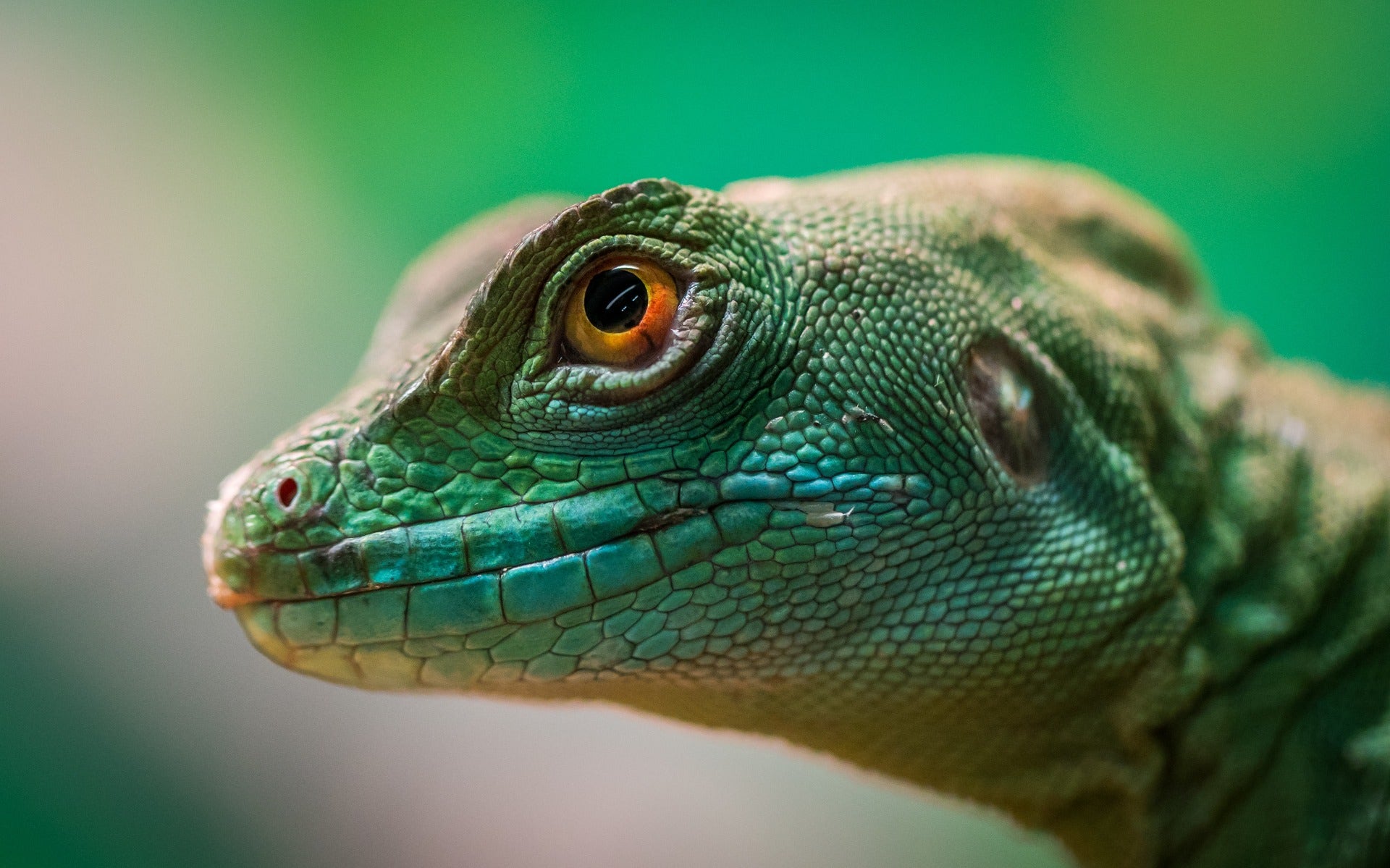
A longer focal length macro lens allows you to shoot from more of a distance, which tin can be helpful when shooting subjects that might be startled if you get as well shut
Defining Focus Distance
When someone talks about the focal length of a lens, they're talking virtually the distance between the image plane to the optical centre of the lens. You may mistakenly believe that the longer the focal length of the lens is, the more magnification you can get. Yet, this isn't truthful - any macro lens with a 1:1 ratio will have the aforementioned magnification equally any other 1:1 lens at any other focal length.
The main deviation betwixt using a wide-angle or normal macro lens and a telephoto macro lens comes down to the minimum focus distance or the working distance. A long macro lens will accept a greater working distance than you'd go with a short macro lens. You'll be able to stay further abroad from your discipline with a long macro lens, and it likewise allows you lot to take a shallower depth of field when you work.
Additionally, you have to remember that yous can apply macro lenses for not-macro purposes. This allows y'all to double up on the lenses' usability if y'all need a lens with that focal length. The smaller macro lenses are also more than lightweight and less expensive while still being able to achieve the same magnification levels of their longer counterparts.
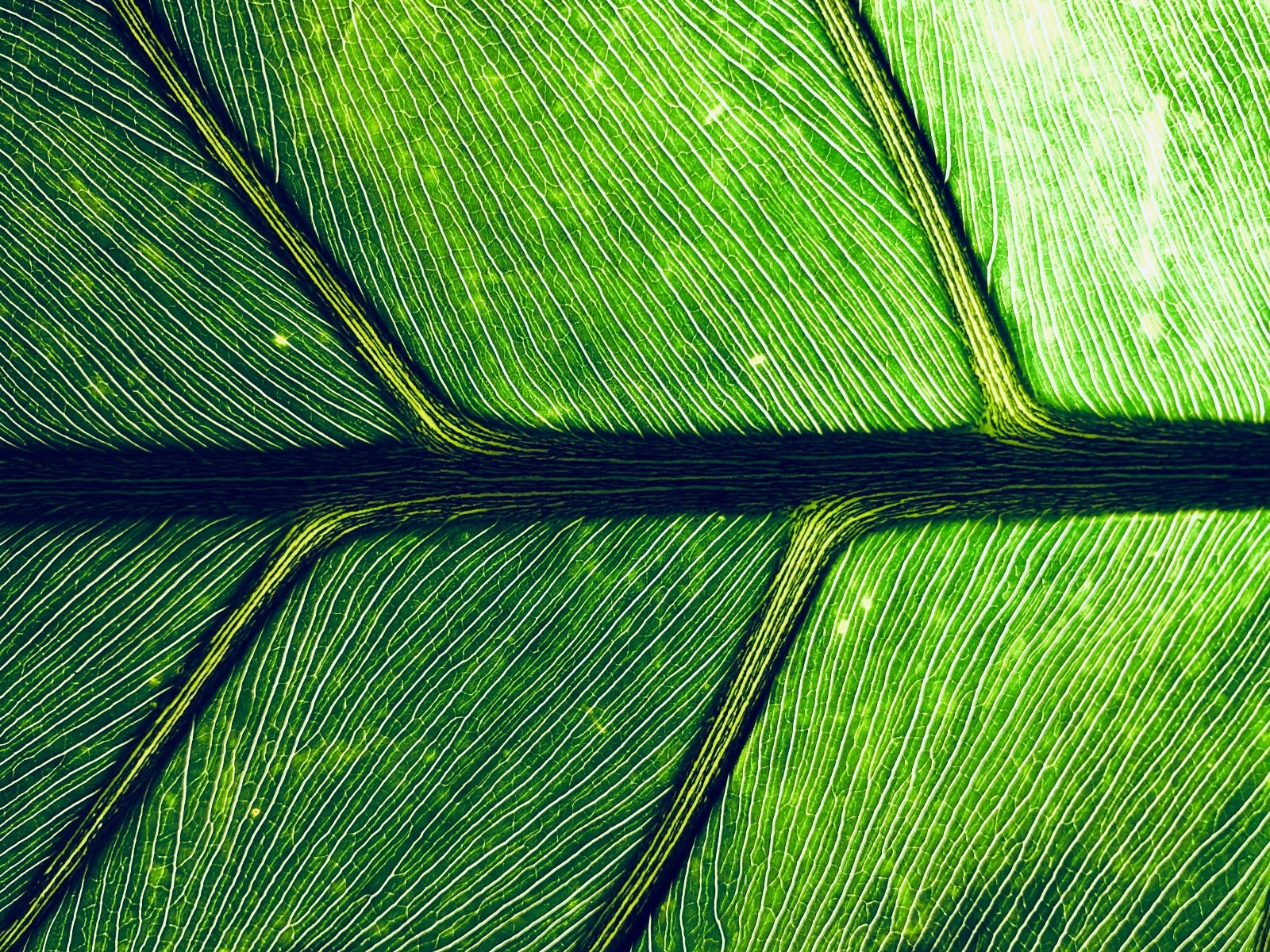
The world often looks very different at close range.
Agreement Macro Lens' Focusing Mechanisms
Almost every newer macro lens yous buy comes with autofocus. Yous can pick from older ones that are screw driven, or you can get the newer silent ones. While you will pay more for a macro lens that has a silent autofocus, it's essential to accept if you piece of work around skittish subjects. Yous'll also want a silent autofocus if yous shoot video or yous'll hear information technology clicking on playback.
Additionally, you want to take note whether or not your macro lens has an internal focus mechanism. If it does, your lens element won't beetle when you change the focus. If it has an external focusing mechanism, the lens will lengthen as you adjust it. While this shouldn't impact y'all too much, it may mean that you need a tripod because the lens extensions can accept infinitesimal focus implications when at such close distances.
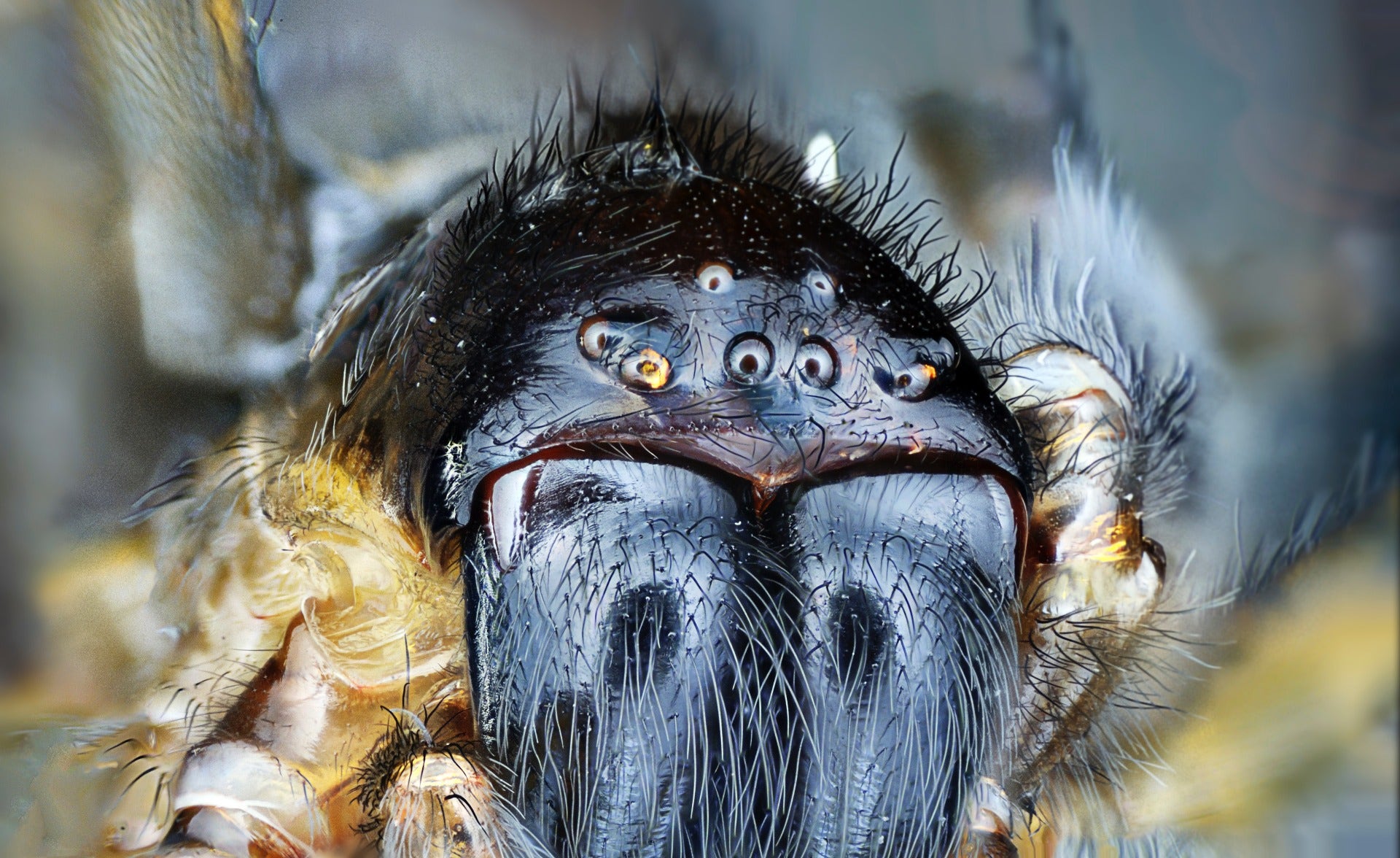
.and it can sometimes be quite startling!
Prototype Stabilisation and Vibration Reduction with Macro Lenses
How important are image stabilisation and vibration reduction when you lot work with macro lenses? This can exist a tricky question to answer. Vibration reduction won't play a huge role in your final decision if you lot plan to employ a tripod each time you lot shoot a subject area with your macro lens.
Notwithstanding, this changes if y'all program to use your macro lens for portraits or for capturing handheld shots. With handheld shots, image stabilisation and vibration reduction are essential. It'll help y'all attain much sharper images with well-baked edges that make macro photography such a unique photography grade.
Pricing with Macro Lenses
Just like any other lens yous'd purchase, macro lenses come up in a huge price range, and they're not necessarily more expensive than other types of lenses. The typical cost range for a quality macro lens ranges between $300 and $ane,500. However, you can observe them for less and more outside of this range depending on the brand and quality.
One of the best things about macro lenses is that you tin use them for more than one grade of photography and get beautiful shots. For instance, a wedding photographer can take a close-upwards of the couple'due south rings and quickly take a cute shot of the couple themselves or the wedding guests without having to switch out lenses.
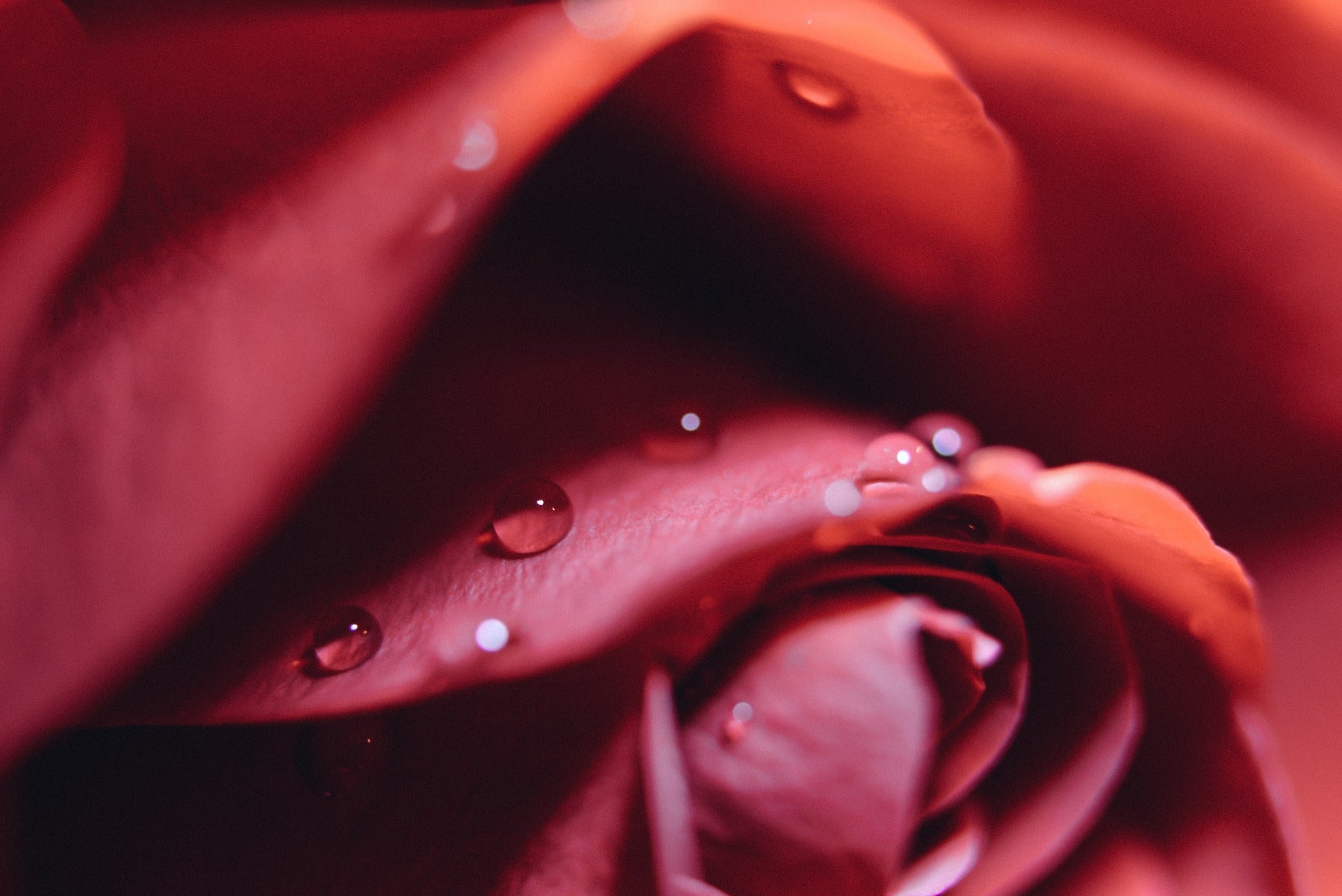
Shallow depth of field tin can be used effectively in macro photography
Nine Macro Lens Mini Reviews
We've picked out ix excellent macro lenses from the major lens manufacturers. Below are some mini-reviews to give you a good idea on what each lens offers. Additionally, yous can compare them next and decide which lens is better for your photography style, wants and needs.
Catechism 100mm f/2.8L
This macro lens is one of Catechism's most pop lenses, and information technology'southward besides 1 of the least expensive 50-series lenses available. It gives you fast aperture and image stabilisation that lets you shoot in in low low-cal conditions, while also boasting exceptional image quality.
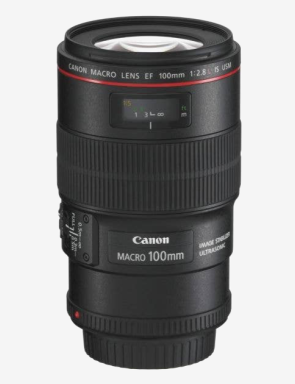
Canon 60mm f/2.8
This APS-C lens is a relatively inexpensive option that notwithstanding delivers on quality. Information technology comes with a powerful ring-blazon ultrasonic motor (USM) that keeps the lens at one length as y'all focus it to make it better suited for travel. It besides has a floating optical system that tin focus to 1:ane full life-size magnification.
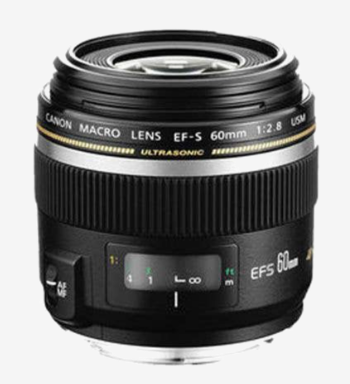
Nikon 40mm f/two.8G
For APS-C shooters looking for an inexpensive lens, this is it. It's not too long, which means it can double as a decent walk-around lens. Information technology comes with an anti-reflective blanket that works to eliminate internal lens reflections. This blanket gives you a well-baked and brilliant image, even in harsh or unpredictable lighting atmospheric condition.
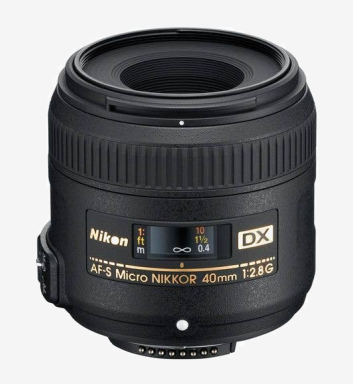
Nikon 105mm f/2.8G
This macro lens is widely recognised every bit Nikon's best. You get a very high-quality lens at a relatively depression price that'southward first-class for start photographers or people with a restricted budget. It's very like to the Canon 100mm f/2.8L, and it features ane extra-depression dispersion chemical element that gives you a high amount of colour accuracy and clarity for bold and clean shots.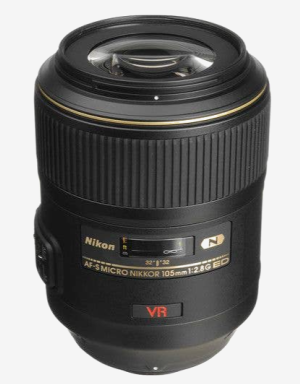
Sony 30mm f/3.five
Especially designed for APS-C-format E-mount cameras, this lens is a very cheap but powerful selection that works well with a variety of shots ranging from portraits to smaller and more detailed photos. You get a minimum ix.4 cm focus distance combined with a 1:i magnification ratio that gives you gorgeous close-up shots.
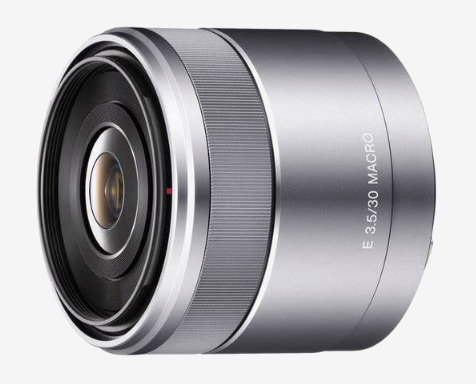
Sony FE 90mm f/two.8
This is a high-end total-frame G series macro lens that offers epitome stabilisation capabilities and reduces blur. Information technology comes with specialised elements that residual bokeh with sharpness for smooth out-of-focus areas and highly detailed images. The G Master series are Sony's highest quality lenses, and this one does non disappoint.
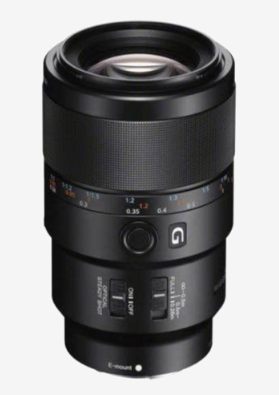
Fujifilm 60mm f/2.four
Y'all go a quality lens that is very cost-effective with the FujiFilm 50 mm f/2.4. Information technology has a 90mm equivalent focal length in full-frame terms, which ways that it easily doubles every bit a very nice portrait lens.
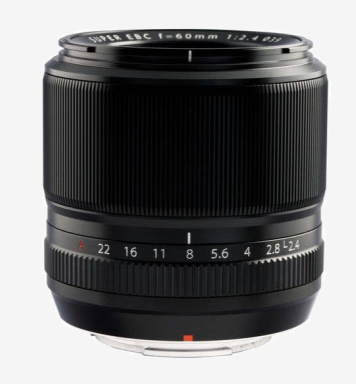
Fujifilm 80mm f/2.eight
This lens is Fujifilm's defended macro shooter. It is a superlative performing lens, and has a longer focal length that pairs very well with the f/2.viii aperture that excels at isolating your subject, and it has a 9.8-inch minimum focusing distance. This lens excels at macro wild fauna where you may have a busier background because it allows you to isolate your subject area effectively.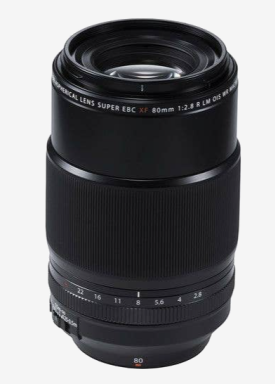
Olympus 60mm f/2.8
This lens is arguably the most pop macro lens for Olympus and Panasonic Micro 4/3rds camera. It'south meaty, lightweight and yous get excellent quality for an inexpensive price. The telephoto focal length pairs with the ane:1 magnification for finely detailed images.
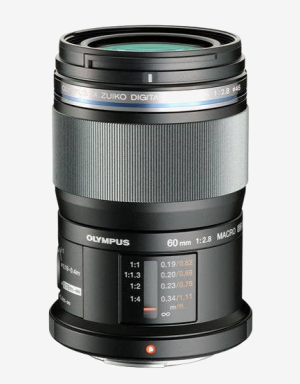
Contact digiDirect Today!
If you lot're in the marketplace for a macro lens, arrive touch! We're happy to help observe the best lens to accommodate your needs, and nosotros have a broad range of quality options available. Our staff are ready to walk you through the various options nosotros take and find y'all the best macro lens to suit your needs without breaking your budget. All you need do is reach out to get started!
Source: https://www.digidirect.com.au/blog/macro-lens-buyers-guide/
Posted by: coxouthad.blogspot.com

0 Response to "What Length Lense To You Need For A 1:1 Macro On An Aps Camera"
Post a Comment